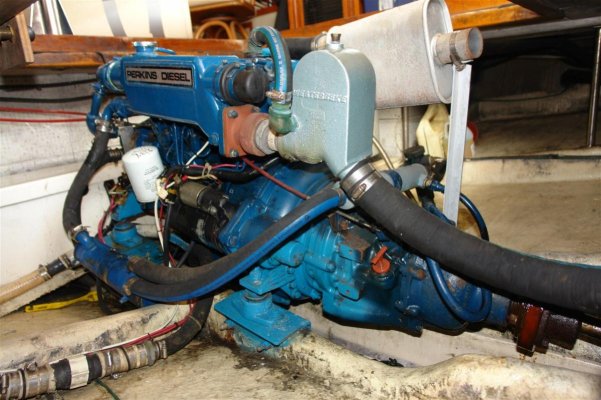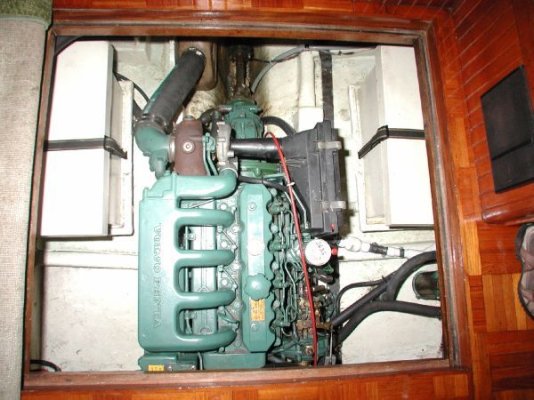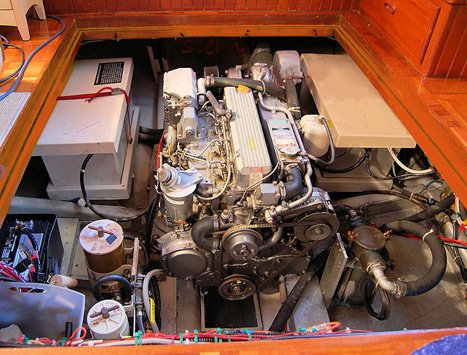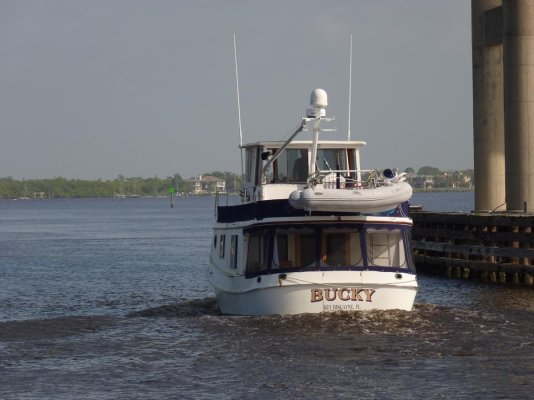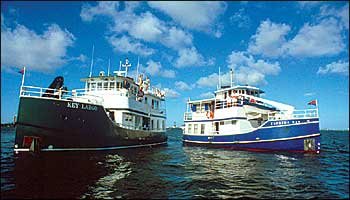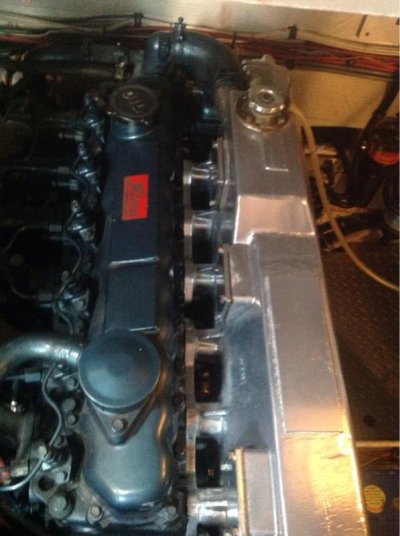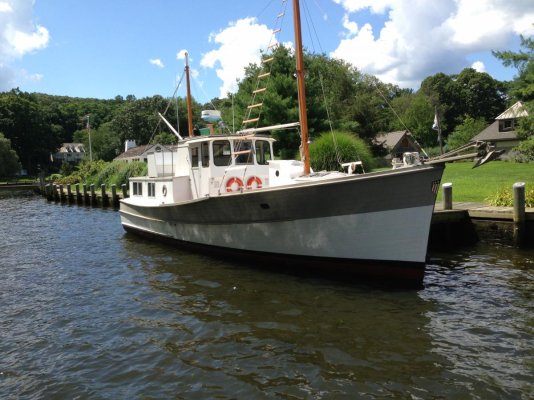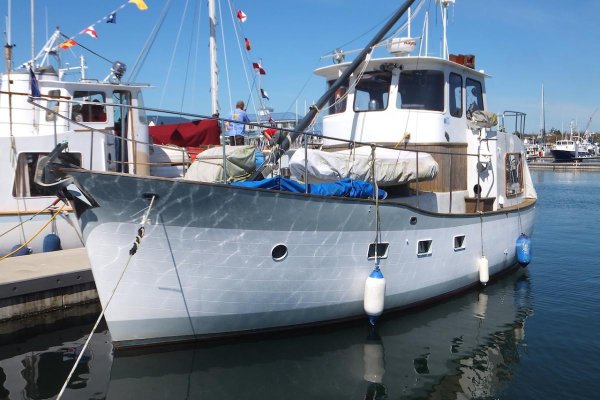healhustler
Guru
- Joined
- Oct 2, 2009
- Messages
- 5,198
- Location
- USA
- Vessel Name
- Bucky
- Vessel Make
- Krogen Manatee 36 North Sea
I hope I'm not breaking any rules by starting this thread with the comments on another, but Reubin Trane comments in the thread provoked me to bring this here. How many of our trawler style of boats are over powered, and why?
Originally posted by Reubin Trane
Originally posted by Reubin Trane
We built the original Great Harbour 37s with a pair of Yanmar 39 HP diesels. During initial sea trials, we recorded top speeds of 8 knots plus.
The move to 54 HP motors was primarily a marketing move - to most shoppers, the 39s seemed too small. Of course, they weren't too small - just perceived as too small.
The larger motors do have the benefit of extra power for fighting headwinds and better single engine performance. Disadvantage, as perceived by some, was the larger motors had turbos while the smaller ones did not (IMO, turbos are a good thing if they are engaged/providing boost at cruising RPMs).
In other words, I agree with those who say that very modest HP motors are all that is required for cruising a boat efficiently - around 1 knot below theoretical hull speed (6-7 knots or so). It makes sense to choose a size that will get you to hull speed; any more becomes reserve power for against the wind and/or single engine performance.


